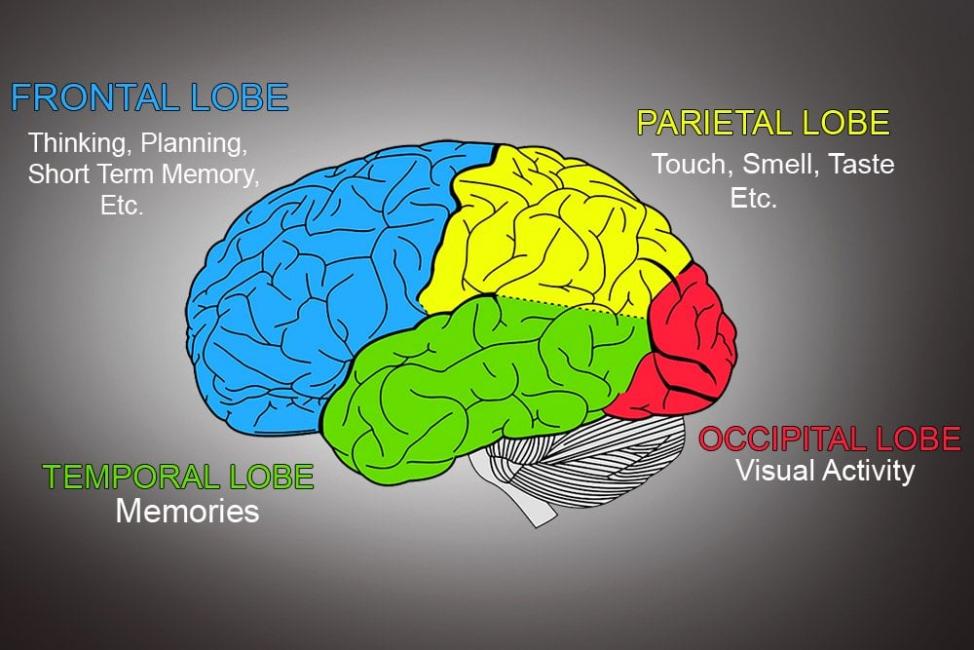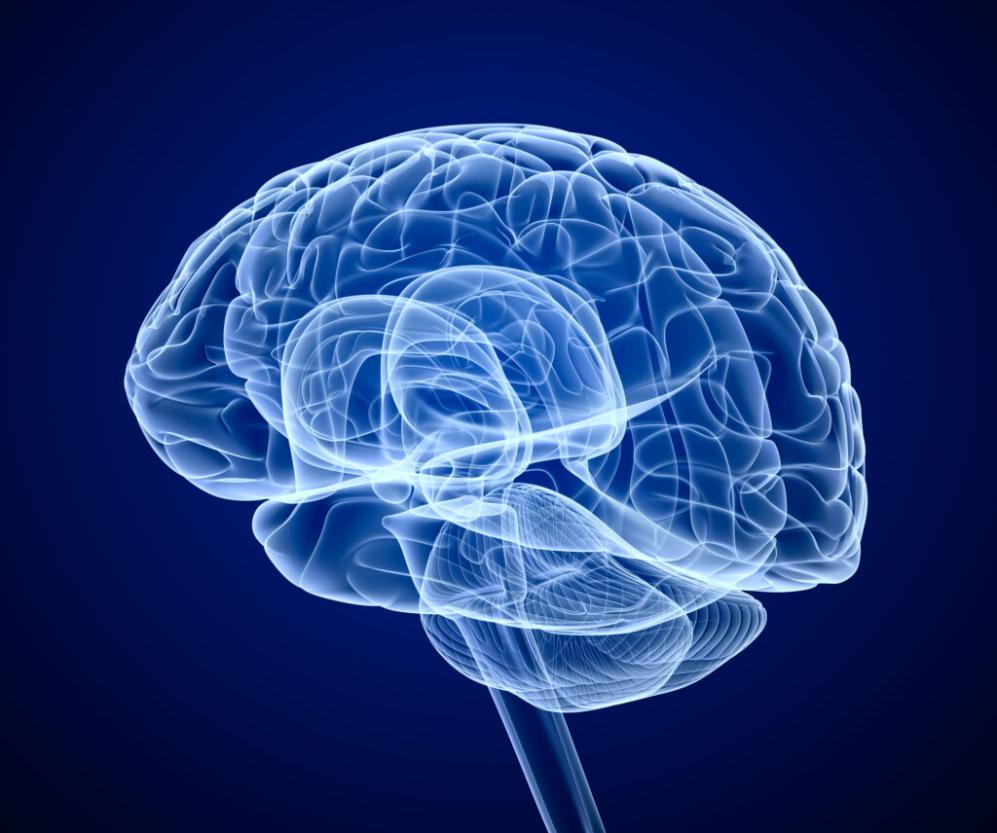What Are the Different Types of Brain Waves and What Do They Mean?
Our brains are constantly generating electrical activity, which can be measured using electroencephalography (EEG). This activity is known as brain waves, and it varies depending on our state of consciousness, mental activity, and overall health. Understanding brain waves can provide valuable insights into how our brains function and how different mental states and disorders are associated with specific brain wave patterns.

Types Of Brain Waves
There are five main types of brain waves, each with its own unique frequency range and associated mental states:
- Alpha Waves (8-12 Hz):
- Associated with relaxation, calmness, and meditation
- Prominent during daydreaming and light sleep
- Benefits: Reduced stress, improved creativity, and enhanced memory
- Beta Waves (12-30 Hz):
- Associated with alertness, attention, and focus
- Dominant during active thinking, problem-solving, and decision-making
- Benefits: Increased concentration, improved cognitive performance, and heightened awareness
- Gamma Waves (30-100 Hz):
- Associated with higher cognitive functions, such as perception, learning, and memory
- Involved in complex mental processes, such as problem-solving and decision-making
- Benefits: Enhanced cognitive abilities, improved memory, and increased creativity
- Delta Waves (0.5-4 Hz):
- Associated with deep sleep and unconsciousness
- Prominent during the first stages of sleep and in infants
- Benefits: Restorative sleep, tissue repair, and hormone regulation
- Theta Waves (4-8 Hz):
- Associated with drowsiness, dreaming, and meditation
- Prominent during REM sleep and deep relaxation
- Benefits: Improved memory consolidation, enhanced creativity, and reduced stress
Brain Waves And Mental States
Different brain wave patterns correspond to different states of consciousness, such as wakefulness, sleep, and dreaming. Brain waves also provide insights into the neural mechanisms underlying consciousness and how different mental states are associated with specific brain wave patterns.

For example, during wakefulness, beta waves are dominant, indicating a state of alertness and attention. As we transition into sleep, brain waves gradually shift from beta to alpha, theta, and delta waves, reflecting the decreasing levels of consciousness and the onset of various sleep stages.
Additionally, abnormal brain wave patterns have been associated with various mental disorders, such as epilepsy, schizophrenia, and depression. Studying brain waves can aid in diagnosing and understanding mental disorders by identifying specific brain wave patterns associated with these conditions.
Brain Waves And Neurofeedback

Neurofeedback is a technique that uses real-time brain wave monitoring to train individuals to control their brain wave patterns. This technique has shown promise in treating various conditions, such as anxiety, ADHD, and epilepsy.
In neurofeedback therapy, individuals are provided with feedback about their brain wave activity, allowing them to learn how to modify their brain wave patterns in a desired direction. This can help individuals improve their mental health and well-being by regulating their brain wave patterns.
Brain waves are a fascinating aspect of neuroscience, providing valuable insights into brain function, mental states, and mental disorders. The study of brain waves has opened up new avenues for understanding the complexities of the human brain and has led to the development of innovative therapeutic approaches, such as neurofeedback.
Ongoing research in the field of brain waves continues to shed light on the intricate workings of our brains and holds promise for further advancements in understanding and treating various neurological and mental health conditions.
YesNo

Leave a Reply